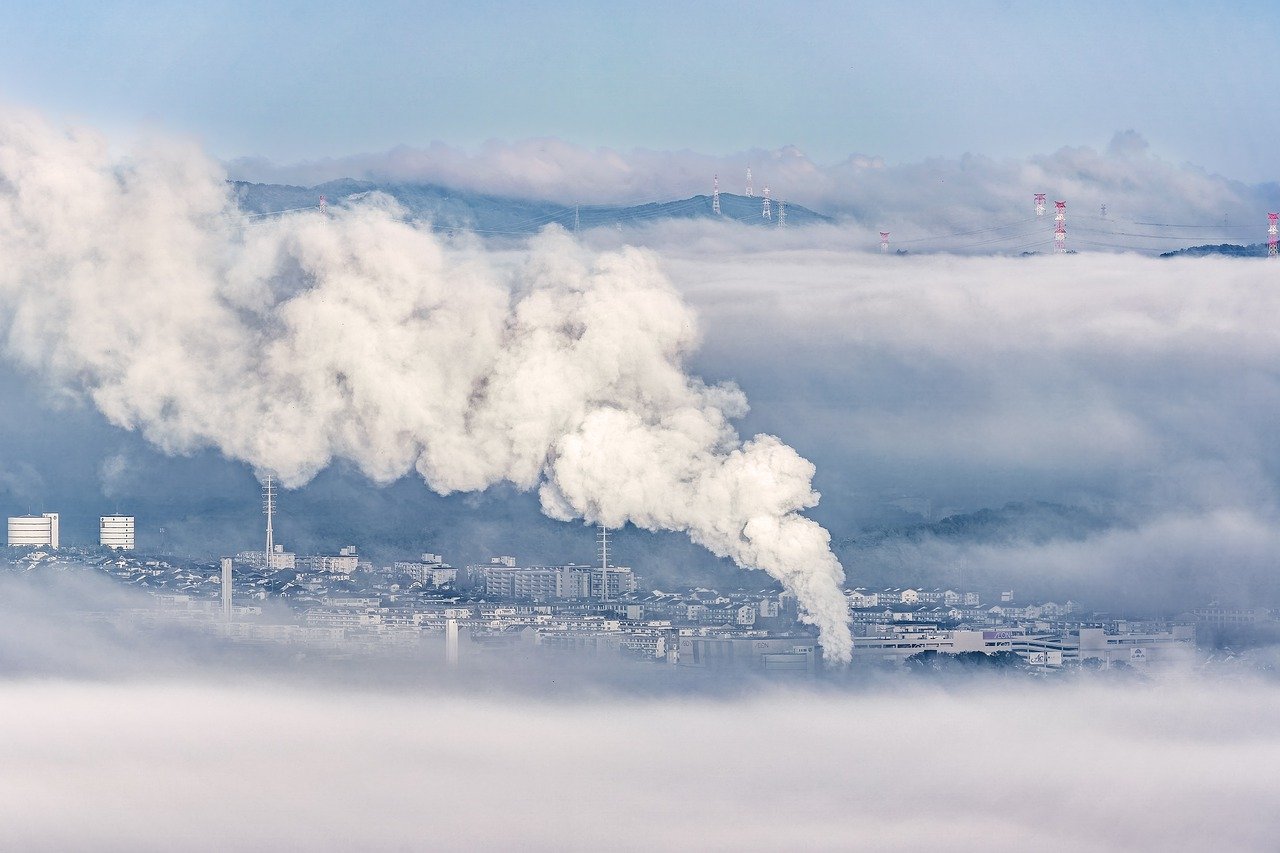Carbon capture and storage (CCS) technologies have emerged as a useful tool for mitigating climate change by permanently sequestering carbon dioxide (CO2) emissions from sources such as power plants and industrial activities. CCS has been in the works for a while, but new and exciting approaches are always developing to refine the process and make it more practical for widespread use. This article will address several novel approaches to enhancing CCS and speeding up its rollout.
-
Direct Air Capture (DAC)
-
Mineralization
-
Bioenergy with Carbon Capture and Storage (BECCS)
-
Carbon Capture and Use (CCU)
-
Ocean Carbon Sequestration
DAC is able to extract CO2 from the air around it using chemical methods. The saved or diverted CO2 can be used for things like fuel production or better oil recovery. Traditional CCS devices are unable to absorb CO2 emissions from transportation sources, but this new technology may be able to.
The process of mineralization entails converting atmospheric carbon dioxide (CO2) into inert carbonates via a series of chemical reactions. The resulting carbonates can be put to a number of uses, such as building materials, fertilizers, and even long-term CO2 storage. Because of the potential for this technology to turn CO2 emissions into valuable products, businesses will have a financial incentive to implement CCS.
BECCS is a system that combines bioenergy generation with CCS. The technique entails sequestering carbon dioxide (CO2) released during biomass burning or other bioenergy operations. In addition to reducing greenhouse gas emissions, negative emissions can be produced with this technique due to the removal of CO2 from the air as biomass is grown. To keep global warming below 1.5 °C, negative emissions, made possible by BECCS, are essential.
Conversion of Carbon Dioxide Emissions (CCU) is the conversion of CO2 into chemicals, fuels, and construction materials. In addition to reducing carbon dioxide emissions, this technology also benefits the economy by repurposing otherwise useless materials. In addition to lowering carbon emissions, CCU can cut fossil fuel consumption.
Carbon dioxide emissions can be sequestered in the deep ocean for thousands of years through a process called ocean carbon sequestration. This technique has the ability to capture a significant amount of CO2 and is therefore seen favorably as a means of lowering atmospheric CO2 concentrations. Nonetheless, concerns remain regarding how safe and environmentally friendly this technology is.
The Role of Artificial Intelligence in Optimizing Carbon Capture and Storage Processes
Optimization of carbon capture and storage techniques is becoming increasingly dependent on AI. In order to optimize carbon capture systems, artificial intelligence algorithms can analyze massive volumes of data and spot trends that improve accuracy and efficiency. For instance, AI can aid in locating the optimum solvents for CO2 capture, figuring out the optimal absorption settings, and optimizing CO2 release and storage.
Artificial intelligence can also be used to optimize CO2 storage by forecasting the gas’s behavior in underground caverns. Artificial intelligence algorithms can be trained to enhance the storage process and reduce the danger of leaks using real-time data from sensors and other monitoring devices.
Innovative Financing Models for Carbon Capture and Storage Projects
Carbon capture and storage projects can be difficult to finance due to their high upfront costs and lengthy payoff periods. Yet, new forms of innovative funding are appearing that can assist in addressing these difficulties. Carbon credits are one such concept; they are certificates that can be traded and reflect a decrease in CO2 emissions.
Carbon capture and storage projects can also be funded through public-private partnerships. Carbon capture and storage projects are jointly funded and developed by the government and business sector under these collaborations. This method offers private businesses a more stable source of income alongside reduced project risks and costs.
The Future of Carbon Capture and Storage Technologies
The future is bright for carbon capture and storage methods. There are a lot of fresh suggestions for improving the process’s effectiveness and productivity. Technologies for carbon capture and utilization (CCU) are among the most exciting developments. Carbon capture and utilization (CCU) is the process of converting carbon dioxide (CO2) emissions into usable chemicals, fuels, and materials. This method not only lessens pollution, but also helps businesses find new ways to make money.
Technologies such as direct air capture (DAC) that remove CO2 from the air directly are also promising. To achieve net-zero emissions, this technology might generate negative emissions to counteract those from other sources.
Conclusion
In conclusion, CCS technologies have the potential to cut CO2 emissions by a lot and play a key role in slowing down climate change. But there are still some problems with CCS, such as the cost, the ability to scale up, and the safety of long-term storage. By using these technologies, we can create economic opportunities, reduce our reliance on fossil fuels, and get negative emissions, which will help us move toward a low-carbon economy.

